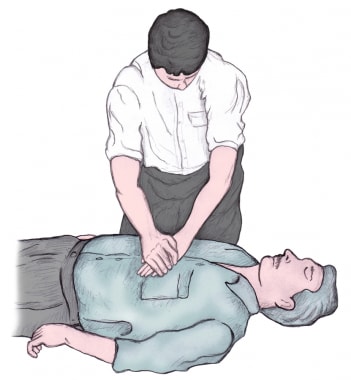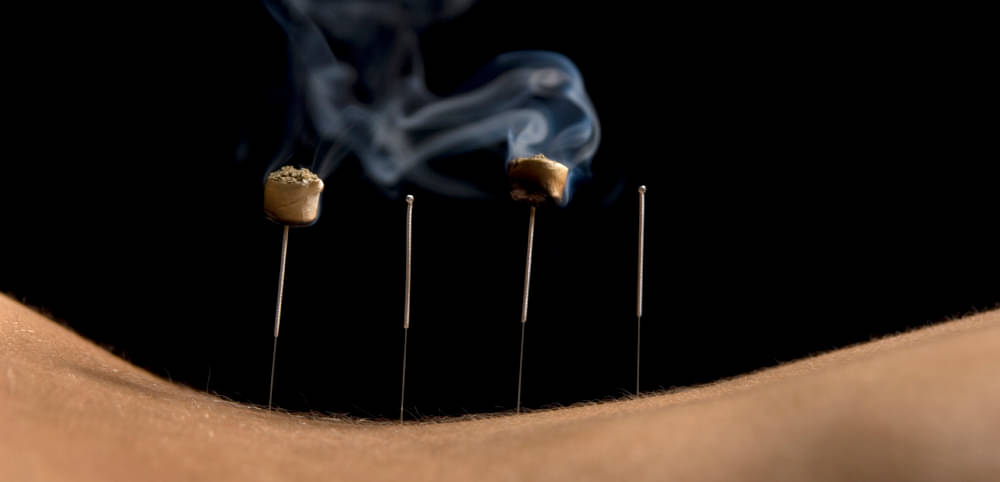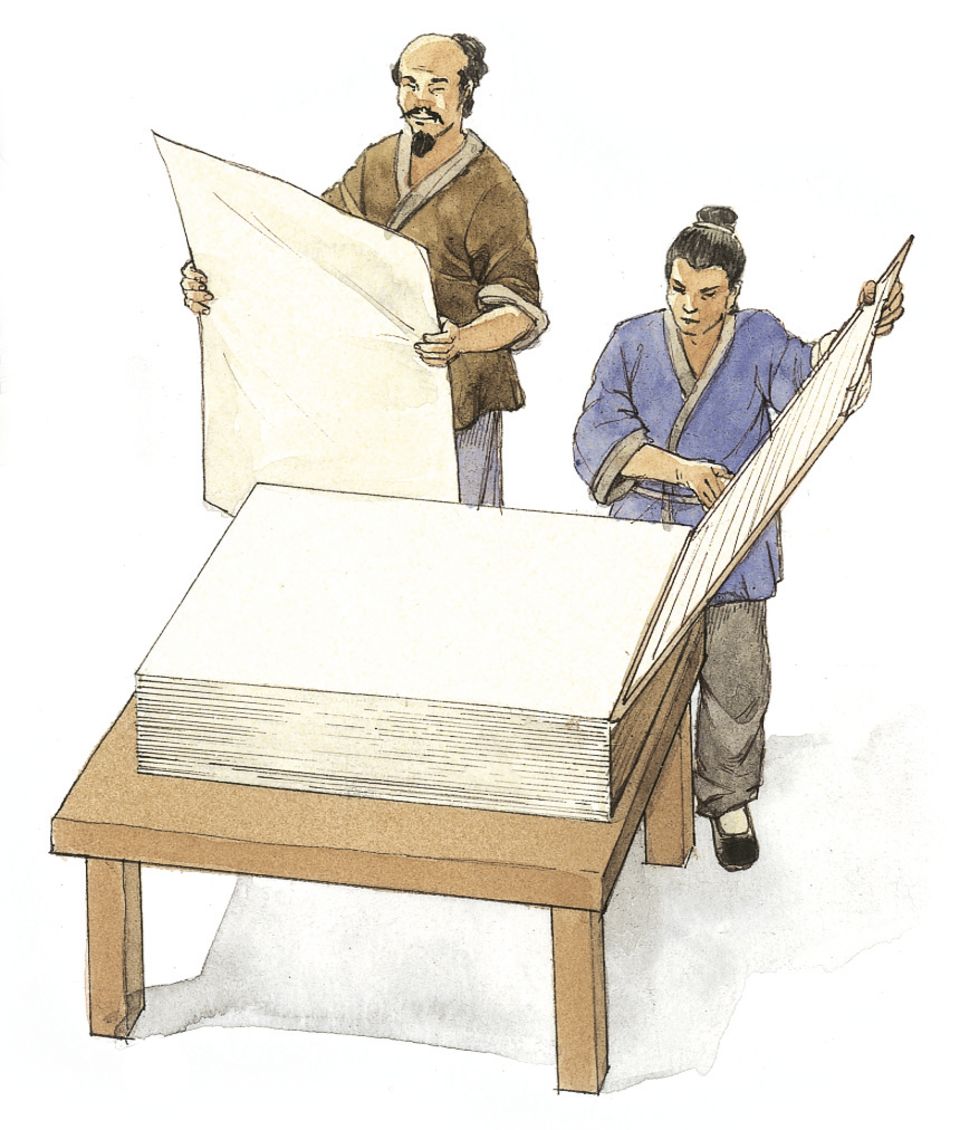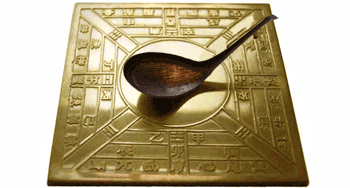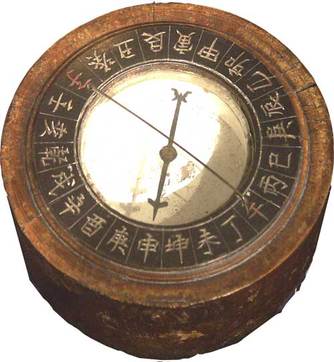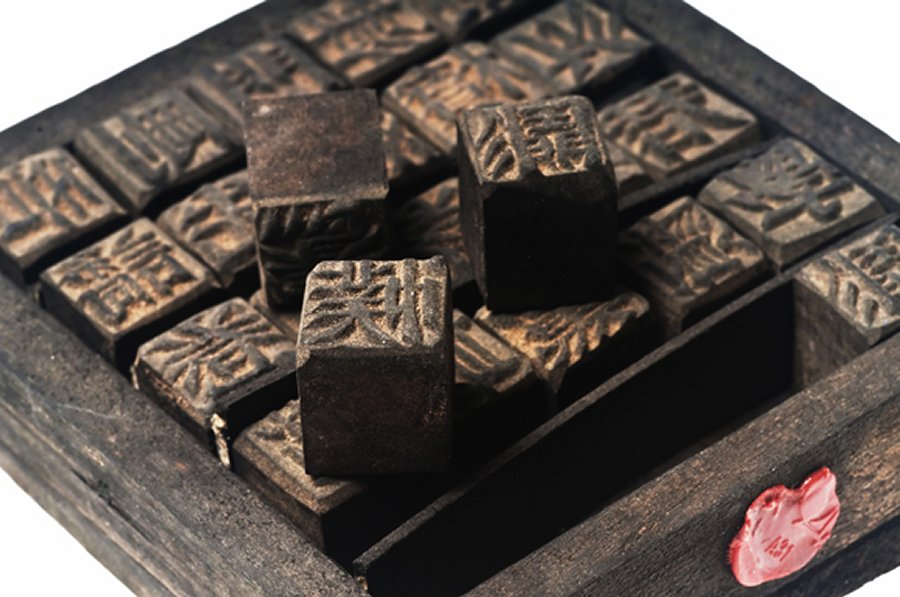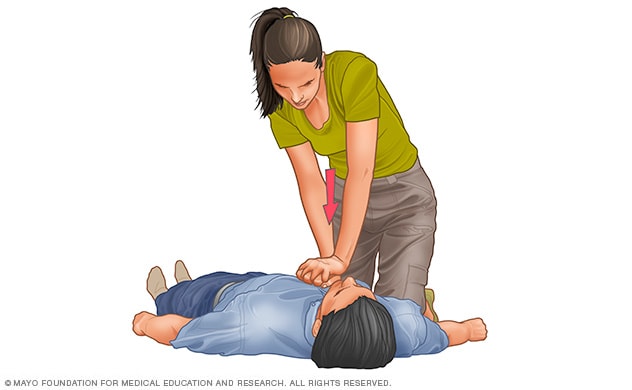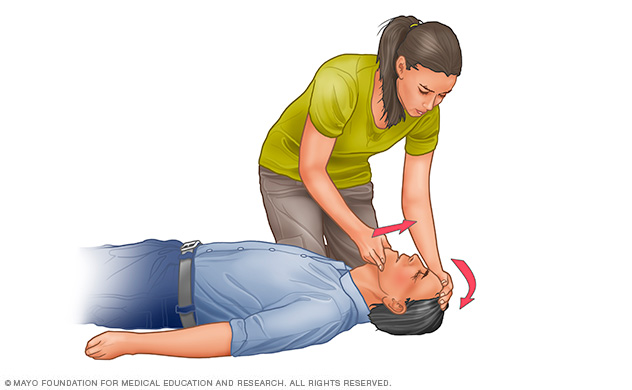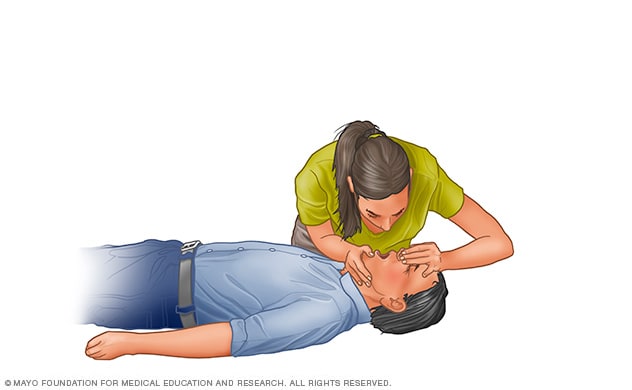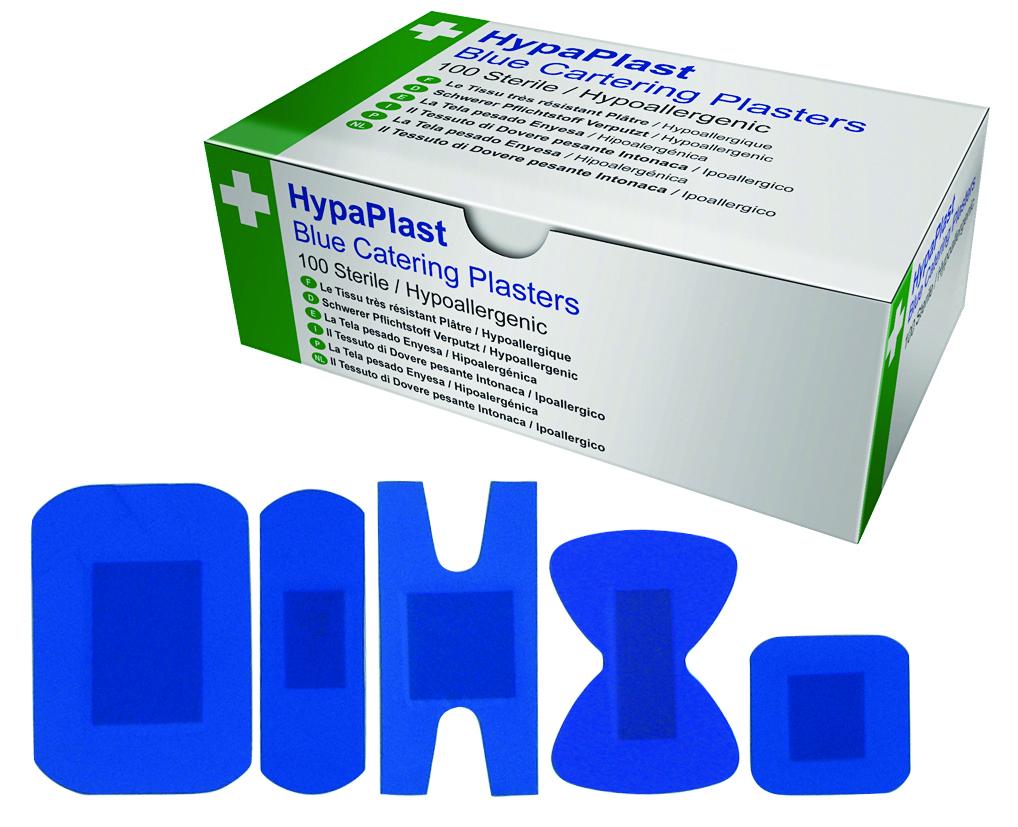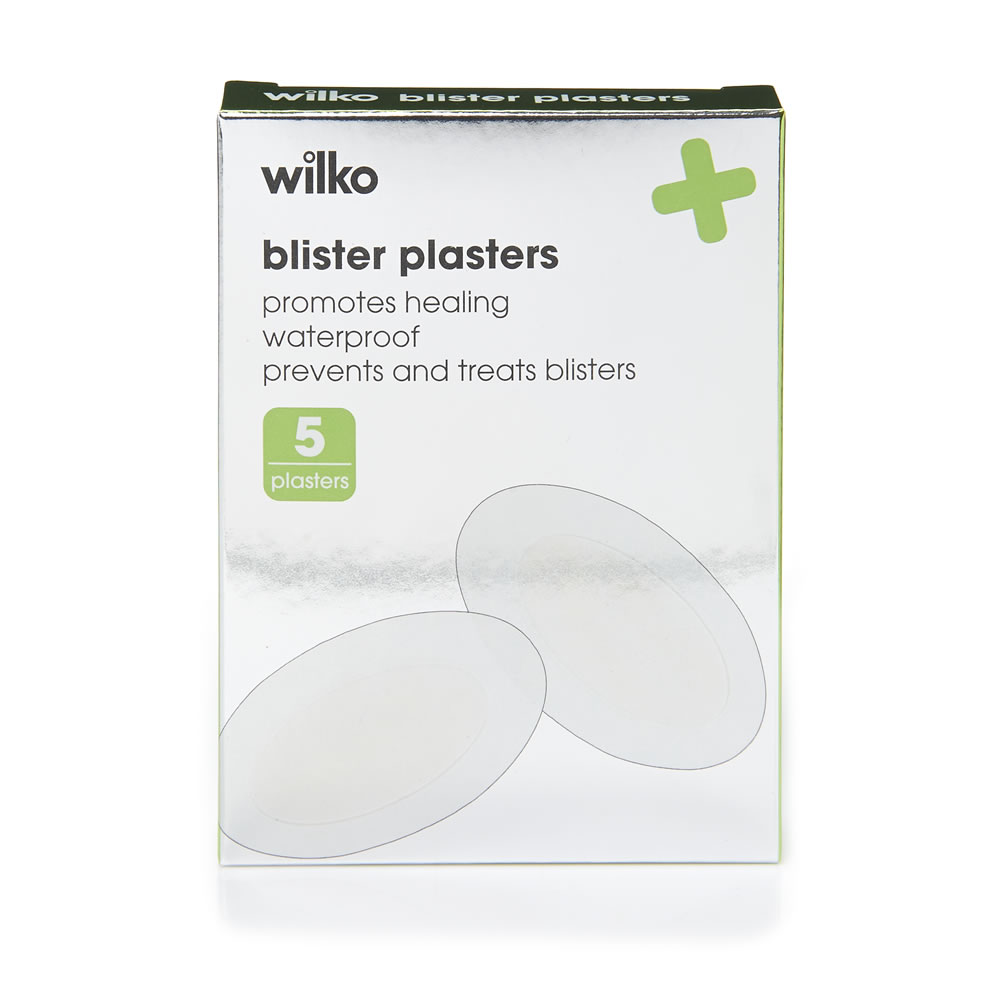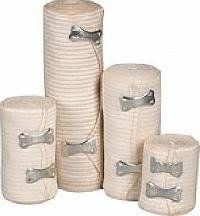Cardio-Pulmonary Resuscitation (CPR) - Part 1: Introduction
CARDIO-PULMONARY RESUSCITATION (CPR)
Cardio-Pulmonary Resuscitation (CPR) is a lifesaving technique useful in many emergencies, including a heart attack or near drowning, in which someone's breathing or heartbeat has stopped.
WHY SHOULD EVERYONE LEARN CPR?
Acute heart disease causing unexpected heart arrest is the most frequent single killer in our society. In addition, breathing and heart arrest are the immediate causes of dearth in a large number of accidents.
Substantial proportion of these deaths could be prevented if:
- Cardio-Pulmonary Resuscitation (CPR) is started immediately by a trained bystander in order to preserve vital functions
- Emergency medical treatment becomes quickly available in order to restore spontaneous heartbeat and breathing
Although qualified medical personnel may be on the spot relatively early, their efforts are too often in vain as nobody has been providing basic life support during the very first and most crucial minutes.
So that a trained bystander is available to perform CPR when arrest occurs, as many as possible of the teachable population should be motivated and trained to perform the relatively simple techniques of CPR.
WHY SHOULD YOU LEARN CPR?
Perhaps some one you love is suffering from heart disease. Maybe the nature of your job requires that you prepared to handle medical emergencies. Or you may believe, as many people do, that knowing the skills of CPR simply makes you a more useful member of your community.
Whatever your reasons, it is important to remember that CPR can help to save lives. Your hard work and study can make a difference.
LEGAL CONSIDERATIONS IN USA
Recognition is given for successful completion of a CPR course, which includes passing written and performance examinations based on criteria established by the the American Heart Association. It does not imply licensure or warrant future performance.
There was no instance known which a layperson that has performed CPR has been sued successfully. There are 'Good Samaritan' Laws in many states that specifically protect professionals and laypersons performing CPR 'in good faith'. Under most Good Samaritan Laws, laypersons are protected if they performed CPR even if there have no formal training.
All the citizens who are able to learn and perform CPR, if such performance would not pose a medical or psycho-emotional danger to themselves, should learn to perform CPR well enough to sustain the life of the victim until professional emergency medical treatment becomes available.
As a rescuer acting a good faith, you should remember that one CPR is begun, you may stop only when:
- The victim recovers (regains breathing or movement)
- Another trained individual takes over
- You are too exhausted to continue
COMMON CAUSES OF SUDDEN DEATH
- Cardiac Arrest
- Electric Shock
- Drowning
- Drug Overdose / Drug Abuse
- Suffocation
- Severe Allergic Reaction
- Trauma
- Stroke
